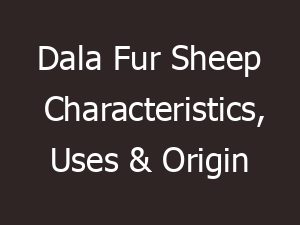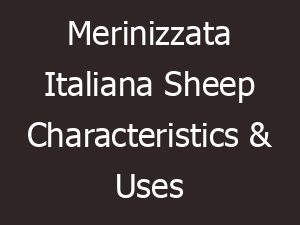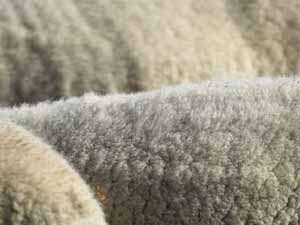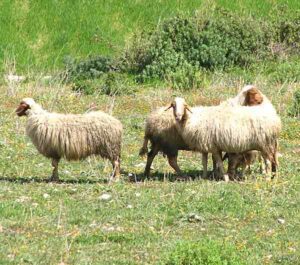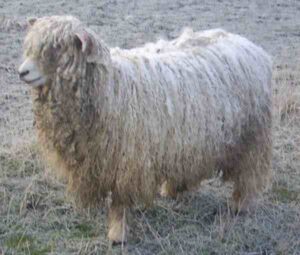The Shetland sheep is a breed of domestic sheep from Scotland. It is a small sized wool-producing breed originating in the Shetland Isles, Scotland.
But today the breed is also raised in many other parts of the world. The breed is closely related to the extinct Scottish Dunface breed, and it is part of the Northern European short-tailed sheep group.
It is raised mainly for it’s very fine wool, and also used for meat production and conservation grazing.
The Shetland sheep breed is classified as a landrace or unimproved breed. The Dunface of the Shetland type has been regarded as distinct since the early 19th century or before.
The breed has survived for centuries in difficult conditions and on a poor diet, but they thrive in better conditions.
Currently the Shetland sheep breed is mainly kept in the Shetland isles and a handful of other locales. The animals are raised in some other locations mainly because of their ability to survive on infertile land that would otherwise be agricultural useless.
The North American Shetland Sheep Breeders Association was formed in the year of 1994. The association was formed mainly for promoting the breed and also for supporting the growing number of Shetland Breeders in the North America.
The breed has prospered in recent years to the extent that it is no longer considered endangered by the Rare Breeds Survival Trust in Britain.
Although there are concerns about the loss of genetic diversity within the breed, despite this success. Read some more information about the Shetland sheep breed below.
Shetland Sheep Characteristics
The Shetland sheep is a smaller sized breed with very beautiful appearance. Actually it is one of the smallest British sheep breeds.
These animals usually occur in many different colors and patterns. And most of the colors and patterns have particular traditional names.
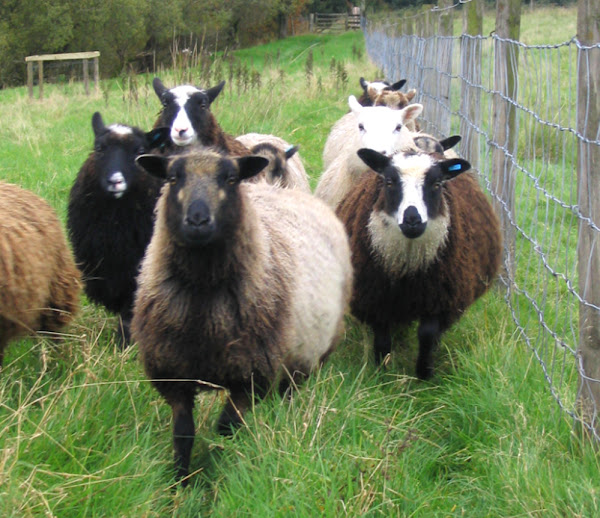
The rams have horns, but the ewes are usually polled (although polled rams and horned ewes do occur occasionally).
The Shetland sheep are small-bodied animals with some wool on their faces, noses and legs. But the wool is not in excess.
Their legs are of medium length and finely boned. They are noted for their very fine and soft wool, and also known for their high quality meat.
But their smaller size limits their use in commercial sheep farming business for meat production. The most distinguishing feature of the Shetland sheep and other northern short-tailed sheep is the short, fluke-shaped tail.
The tail is broad at the base, tapering to a point and covered towards the tip in hair, not wool.
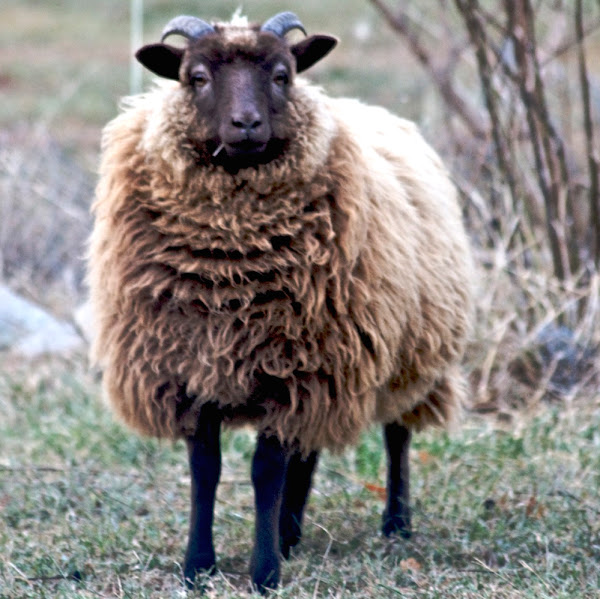
As a smaller sized animal, average live body weight of the mature Shetland ewes is about 34 to 45 kg. And the mature rams on average weight between 41 and 57 kg. And average birth weight of the healthy lambs is between 2 and 3 kg. Photo and info from Wikipedia.
Uses
Shetland sheep are multi-purpose animals. They are mainly used for wool production. But they are also good for meat production, and also good for conservation grazing.
Special Notes
The Shetland sheep are smaller sized animal, but they are very hardy, thrifty and easy lambers. They are highly adaptable to many climates, and they are long lived animals.
They are slow growing animals as compared to commercial sheep breeds. They have survived for centuries in difficult conditions and on a poor diet.
They are even able to survive on infertile land that would otherwise be agricultural useless. The Shetland sheep are usually of good-natured animals.
Their good and docile temperament is also a major attraction for keeping this breed. The breed is highly valued for high quality wool production, and their wool has historically been a valuable commodity.
Meat of the Shetland sheep is also of very good quality. And the breed is also good for conservation grazing. The Shetland ewes are highly seasonal breeders like other primitive sheep breeds.
They become fertile in October and November (in the Northern Hemisphere), and lambing occur in spring or summer.
The lambing percentage is about 130 percent on the poor grazing of the breed’s native isles. Twin lambs are more common, when the ewes are on better pasture (especially twin occur form the mature ewes). The ewes are excellent mothers and produce ample milk for their babies.
Currently the Shetland sheep is raised mainly for wool production. But it is good for meat production, and also good for using in conservation grazing. However, review full breed profile of the Shetland sheep in the following chart.
| Breed Name | Shetland |
| Other Name | None |
| Breed Purpose | Mainly wool, also used for meat and conservation grazing |
| Special Notes | Very hardy and active animals, small animals, thrifty, easy lambers, highly adaptable to many climates, long-lived, slow to grow compared to commercial breeds, can do well in poor diet, able to survive on infertile land, good natured, docile temperament, valued for high quality wool production, good quality meat, ewes are excellent mothers, mature ewes produce ample milk for their babies, good for conservation grazing |
| Breed Size | Small |
| Weight | Mature rams weight between 41 and 57 kg, and average live body weight of the mature ewes vary from 34 to 45 kg. |
| Horns | Ewes are polled and the rams have horns, but sometimes the ewes may have horns and the rams may be polled |
| Climate Tolerance | Many climates |
| Color | Many colors and patterns available |
| Rarity | Common |
| Country/Place of Origin | Scotland |

